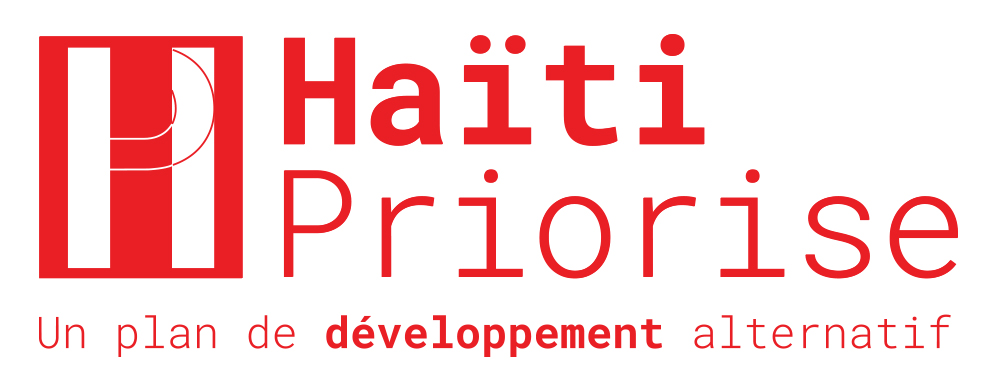Haïti Priorise: Primary Education, Echevin
The Problem
In many developing countries, evidence shows that it is not enough to ensure that children go to school. Education systems also have to guarantee that once children are in the classroom they are able to acquire basic skills and knowledge for further development.
In Haiti, today more than 90% of 14 year-olds are in school. However, although enrollment is high, quality of education is a major challenge: fewer than 60% of first graders will reach 6th grade; fewer than two third of them sit for end of 6th grade examinations; and, among those, only three quarter pass the exam.
Despite improvements, the primary education system is highly inefficient: children start primary school two years late on average, and fewer than 60% will reach the last grade of the cycle. Possible causes of these poor results are: insufficient time spent in class; class time effectively offered to students may be low; lack of teaching materials (book and manual are used in classroom only 40% of the time); problem with the language of instruction in the early years; also, education remains relatively inefficient because of outdated methodologies.
Solutions
- Mother tongue instruction
- Training Teachers
- Private School Subsidies
- Free Uniforms
Summary Table of the BCR
| Interventions | Benefit | Cost | BCR |
|---|---|---|---|
| Mother tongue instruction | $2 664 737 | $318 671 | 8.4 |
| Training teachers | $789 196 | $130 801 | 6.0 |
| Private school subsidies | $2 041 322 | $703 491 | 2.9 |
| Free uniforms | $778 222 | $255 529 | 3.0 |
Benefits, Costs, and BCR
Mother tongue instruction
Providing education in the mother-tongue is likely to be successful in Haiti. Creole is the only language spoken by all Haitians and over half speak only Creole (one-fifth of the Haitian population is able to speak or understand French, with varying degrees of understanding and performance).
However, although mother tongue instruction can lower dropout and increase primary school completion, returns to speaking Creole are limited. Indeed, there are potential negative effects of having less proficiency in a global language like French.
Over 80% of the Creole speakers in the world live in Haiti, so the children will have to learn another language to broaden their economic horizons. If Creole is made the official language of instruction, private schools that have French as the official language of instruction will attract the wealthier students.
Costs
The upfront cost of mother tongue instruction for a cohort of 1,000 students is estimated to be $6 536 – around 4-5% of the current education budget. The largest component is teacher training, with new materials also accounting for part of this expense.
Benefits
Mother tongue instruction will increase educational attainment for recipients (primary school completion), inducing increased future income.
- Pre-intervention, % students completing primary school: 50%
- Post-intervention, % students completing primary school: 73%
- Percentage wage boost from mother tongue instruction: 2.8%
- % impact of mother tongue instruction on literacy scores: 32%
Training Teachers
According to figures from the Ministry of National Education and Vocational Training (MENFP), public and non-public institutions offering in-service initial training for fundamental and secondary teachers are responsible for about 400 graduates every year. This number is insufficient to meet the needs of the country's basic and secondary education, especially since teachers are often low-skilled and very old.
Costs
Training cost for 1 teacher for 1 year's curriculum: $500
Total cost of training for target population, one year: $9 375
Benefits
% wage boost from trained teacher: 6.2%
Private School Subsidies
The supply of public schools in Haiti is limited. According to data of the 2013/14 school census, only 16% of the 16,993 schools in Haiti are public, and they host 38% of pupils in primary and secondary schools. The subsidy could come in the form of vouchers or tuition subsidies. Tuition waiver programs seem to have had a proven impact on participation in Haiti. However, by increasing the ratio of student-to-teacher, there could be a detrimental effect on educational outcomes.
Costs
Cost of private schools subsidy, one year: $168
Total cost of private schools subsidies, one year: $138,600
Benefits
Pre-intervention, % students completing primary school: 50%
Post-intervention, % students completing primary school: 65%
Saved costs of education to households: $126 000
Free Uniforms
The school uniform represents a large share of education expenditure in developing countries and it is generally considered a serious impediment to school enrollment. Data suggests provision of free school uniforms leads to 10%-15% reductions in dropout rates.
Costs
Uniform per student: $51
Total cost of uniform for target population, one year: $39 844
Benefits
Pre-intervention, % students completing primary school: 50%
Post-intervention, % students completing primary school: 56.3%
Saved costs of uniforms (households): $38 250

